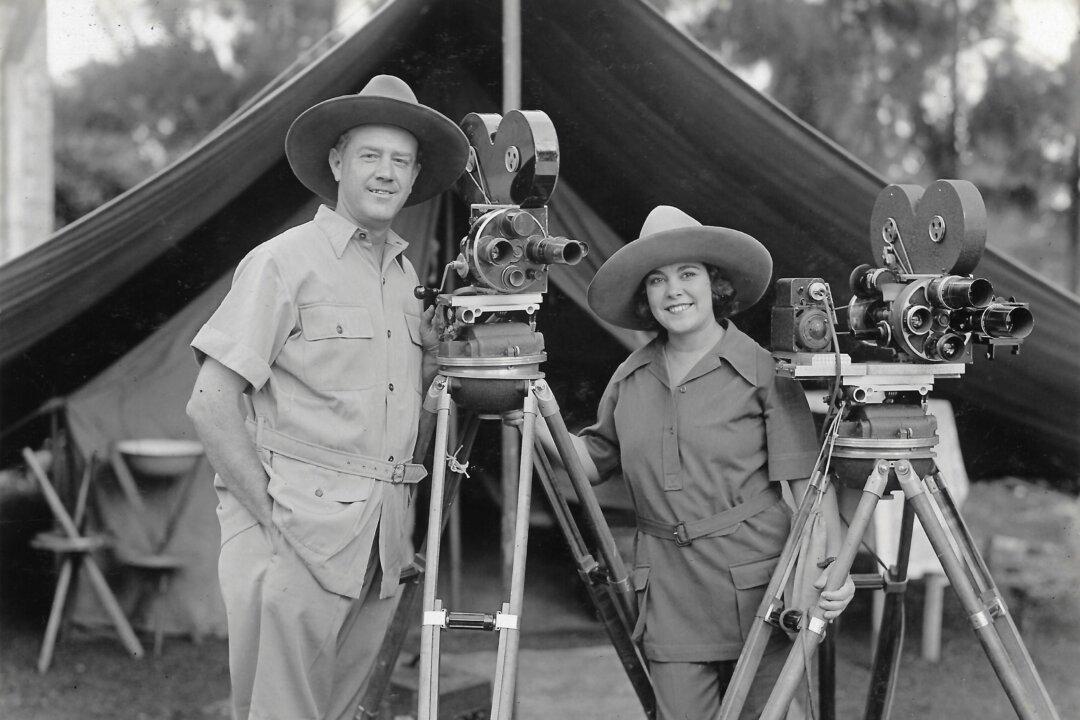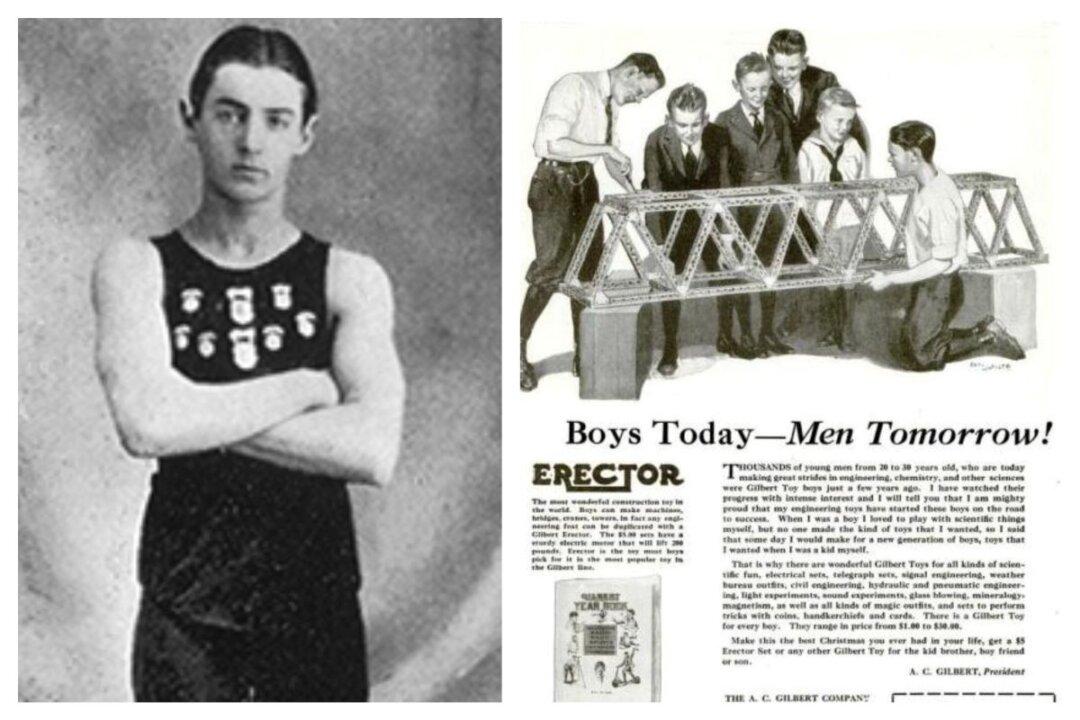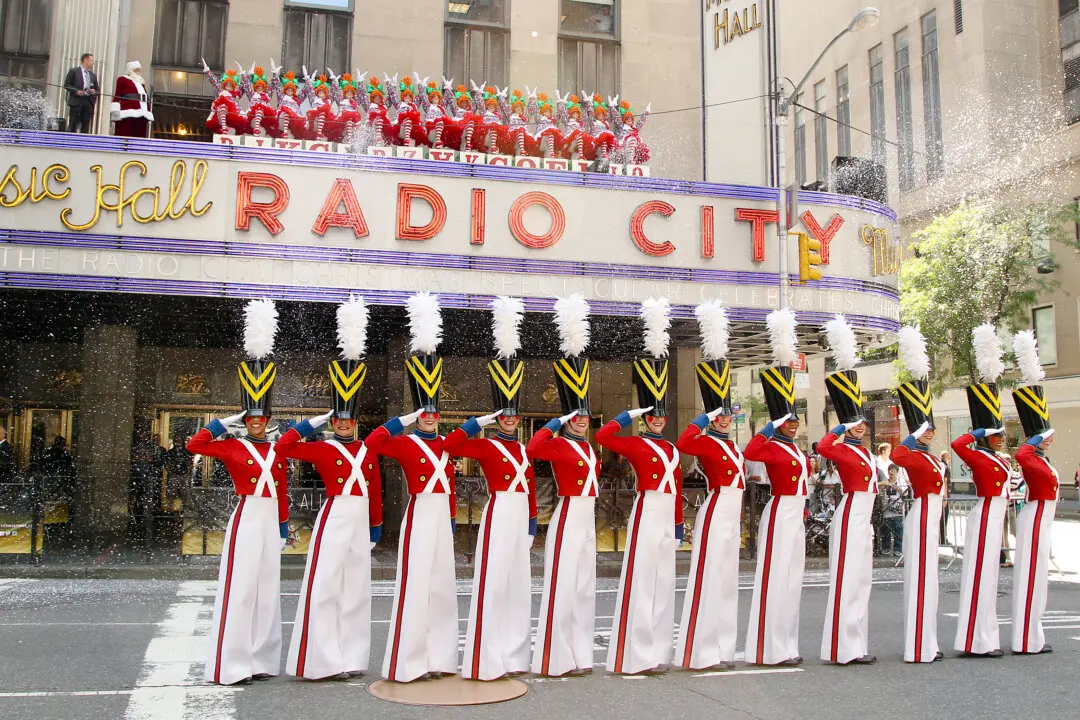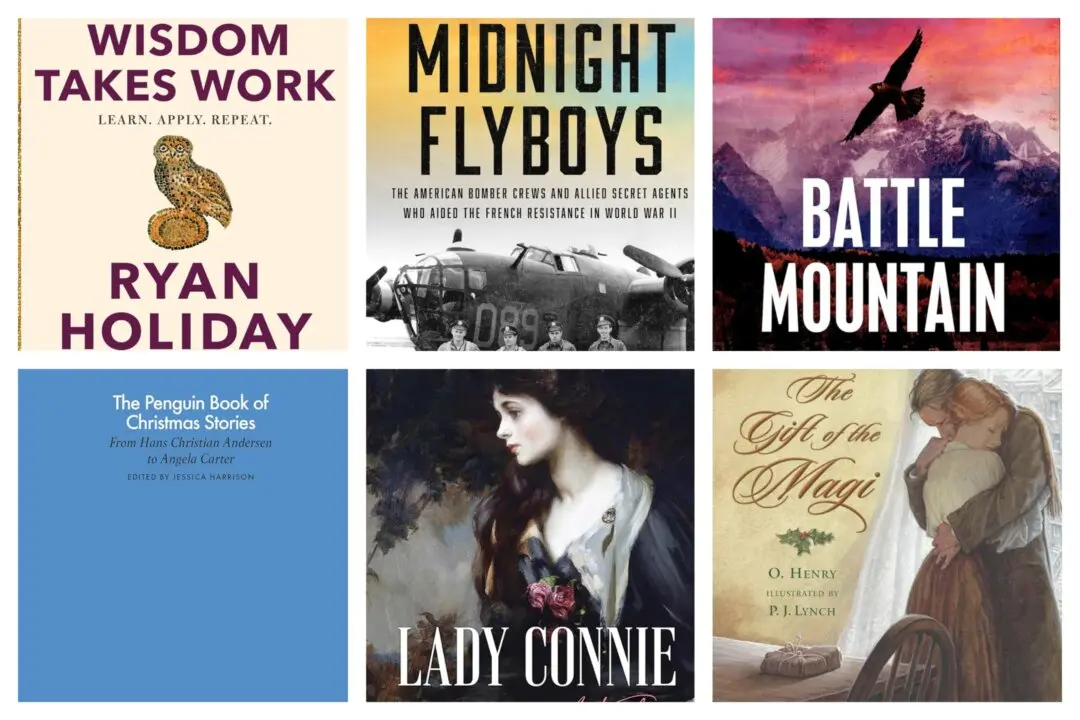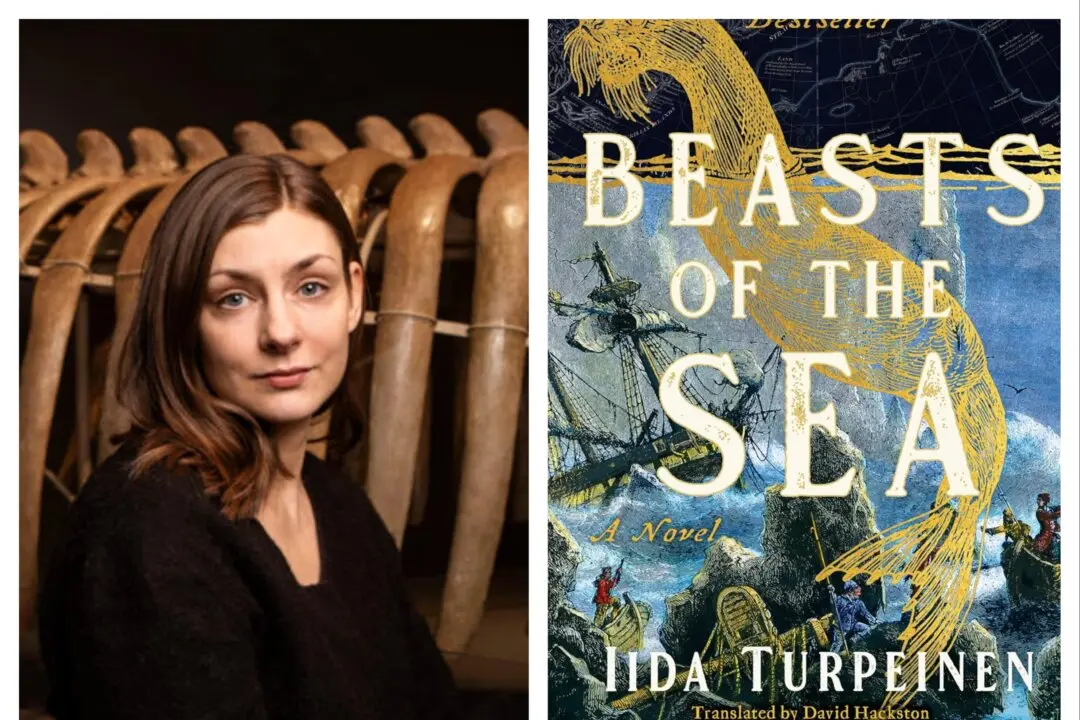Martin Johnson (1884–1937) was born for adventure. He was bored with school and his grades reflected his boredom. In high school, he was expelled after a relatively harmless prank. The prank was due in part to his closest companion: his camera.
Before his expulsion, Johnson could often be found wandering the halls of his Kansas high school, camera in hand. Students rarely took issue with having their photos taken, seeing that photography was somewhat of a phenomenon, especially for high schoolers.

